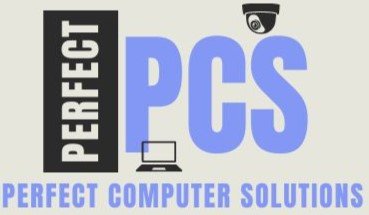The Perfect Computer Solution: Key Factors to Consider
Introduction
In today’s digital age, having the perfect computer solution is essential for both personal and professional use. Whether you are a student, a business owner, or simply someone who enjoys gaming or multimedia, finding the right computer setup can greatly enhance your productivity and overall experience. In this blog post, we will explore the key factors to consider when looking for the perfect computer solutions.
1. Determine Your Needs
The first step in finding the perfect computer solution is to determine your specific needs. Are you primarily using it for work, gaming, or multimedia purposes? Understanding your requirements will help you narrow down your options and focus on the features that matter most to you. For example, if you are a graphic designer, you may prioritize a high-performance processor and a large display with accurate color reproduction.
2. Consider the Hardware
The hardware components of a computer play a crucial role in its performance and capabilities. When evaluating computer solutions, consider the following hardware aspects:
Processor:
The processor, also known as the central processing unit (CPU), is the brain of the computer. It determines how fast your computer can perform tasks. Look for a processor with sufficient processing power for your needs, such as an Intel Core i5 or i7.
Memory (RAM):
Random Access Memory (RAM) affects the computer’s ability to multitask and handle multiple applications simultaneously. For most users, 8GB to 16GB of RAM is sufficient, but if you work with memory-intensive applications, consider opting for 32GB or more.
Storage:
Storage options include traditional hard disk drives (HDD) and solid-state drives (SSD). HDDs offer larger storage capacities at a lower cost, while SSDs provide faster read and write speeds, resulting in quicker boot times and application loading. Consider a combination of both for optimal performance.
3. Operating System
The operating system (OS) is the software that manages the computer’s hardware and software resources. The most common operating systems are Windows, macOS, and Linux. Your choice of OS depends on your familiarity, software compatibility, and personal preference. Each OS has its own strengths and weaknesses, so research and consider which one suits your needs best.
4. Connectivity and Ports
Consider the connectivity options and ports available on the computer. Ensure that it has the necessary ports for your peripherals, such as USB, HDMI, and audio ports. If you rely on wireless connectivity, check for Wi-Fi and Bluetooth capabilities. Additionally, if you plan to connect multiple monitors or external devices, ensure that the computer has sufficient display outputs and expansion slots.
5. Budget
Lastly, consider your budget when searching for the perfect computer solution. Determine how much you are willing to spend and prioritize features accordingly. It’s important to strike a balance between performance, quality, and affordability. Research different brands and models to find the best value for your money.
Conclusion
Finding the perfect computer solution requires careful consideration of your needs, hardware components, operating system, connectivity options, and budget. By taking the time to evaluate these factors, you can ensure that you invest in a computer that meets your requirements and enhances your productivity and overall experience. Remember to research and compare different options before making a decision to find the best fit for you.
